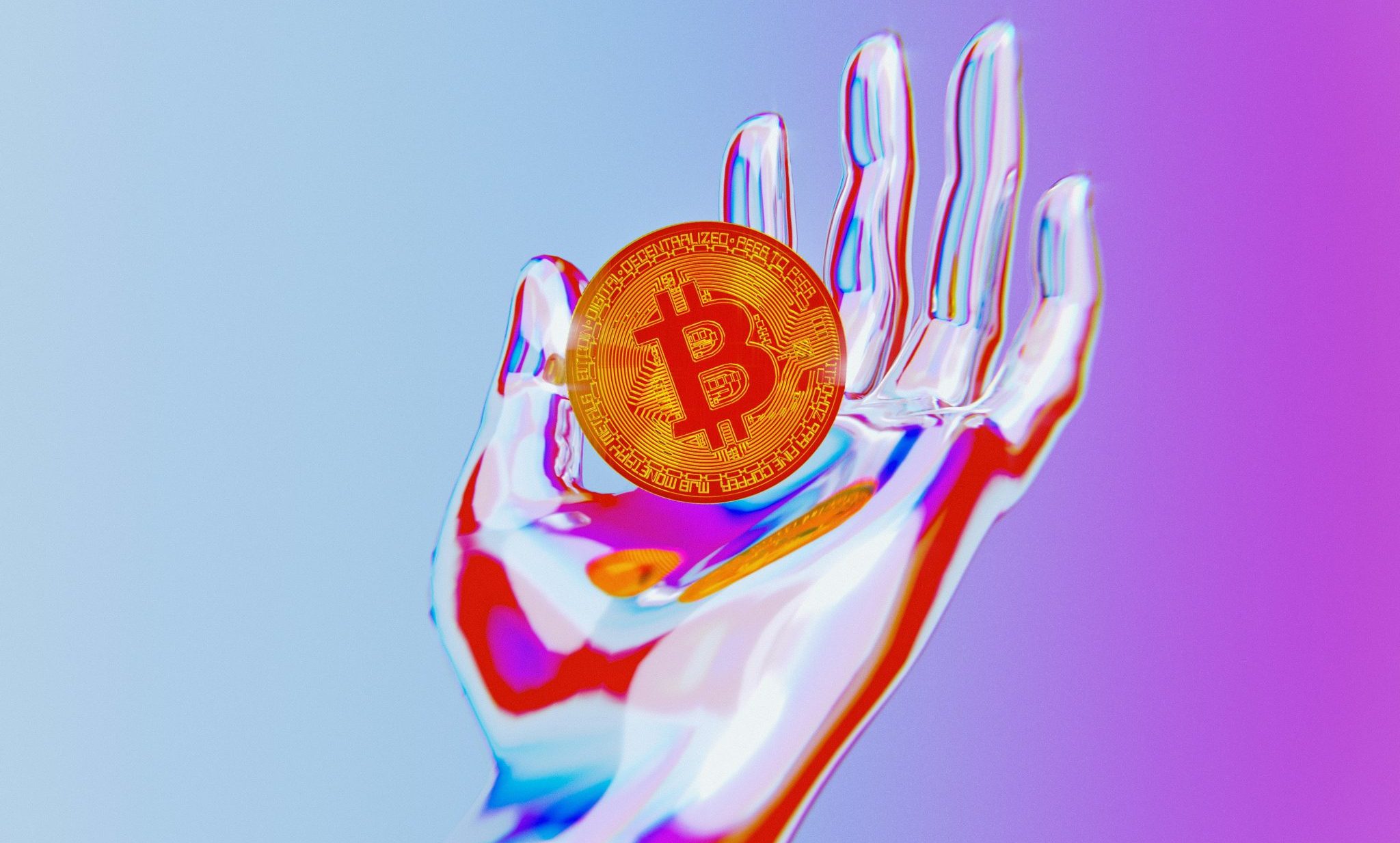Artificial intelligence needs no introduction, driving new innovation and transforming the way people work. But the adoption of AI and our increasing reliance on it also raises questions about the centralised nature of the infrastructure it runs on, and the risks that poses.
Cryptocurrencies have taught us of the importance of decentralisation, and the dangers of concentrating compute resources and data in a small handful of facilities. While such an approach may seem efficient, it also introduces critical vulnerabilities and concerns over access and governance.
Centralised AI systems are incredibly vulnerable, as the big server farms that run them represent a single point of failure that could bring hundreds of applications crashing down. Data centres that power AI models like ChatGPT pose a tempting target for hackers, too, due to the enormous amounts of data they possess.
Centralised servers also mean more headaches in terms of regulation. When an AI system is located in a single country, it falls under that nation’s governance, which can cause problems for users in other territories subject to different data sovereignty and privacy rules. Of course, centralisation also means monopolisation, and we already have plenty of evidence of this with the likes of OpenAI, Google, and Anthropic being extremely secretive about how they train their most advanced AI models. The danger is that just a handful of big corporations will end up becoming gatekeepers of a technology that becomes a vital part of modern life, restricting access to those who are willing to pay whatever price they demand.
Fortunately, there is a ready-made solution to these problems in the shape of decentralised AI. With a decentralised AI, the infrastructure that powers models can be distributed in a wide network of users, eliminating the risks associated with centralisation. Decentralisation means no single point of failure, more transparency and user control, and access for everyone. Welcome to the world of AI blockchains – the foundation of a more resilient, equitable and sustainable AI industry.
Core characteristics of AI blockchains
The convergence of blockchain and AI holds plenty of promise due to the way they complement one another. Blockchain’s immutability can ensure integrity and trust in the data that powers AI systems, while AI can bring enhanced automation and intelligence to blockchain-based systems. The synergies are clear. Consider supply chains, where blockchain can ensure full transparency and visibility, while AI can predict changes in demand and optimise logistics accordingly. Healthcare is another example, where blockchain can be used to secure medical records, while AI helps in diagnosing diseases via image analysis and predictive analytics.
1: Transparent data attribution
A key capability of AI blockchains is transparent data attribution, which uses “proof-of-attribution” consensus mechanisms to identify and credit the source of data used by AI systems, increasing fairness. It provides visibility into who provided the data, how it contributed to the AI’s outputs, what value did it add, and how much should the provider of the data be compensated.
An example of this in action is OpenLedger’s reward system, which ensures that every time a model taps into someone’s data, the person who created that data is rewarded with digital tokens. This model is in stark contrast to centralised AI companies, which amass data without the creator’s knowledge or consent, leaving them outside of the value chain.
2: AI royalties and monetisation layer
Let’s imagine someone poses a question to a decentralised chatbot, and it responds by drawing on what it finds in a post on Substack or Medium. The system would record the fact that the model used this information to inform its response, and using smart contracts, it would automatically process the payment of tokens to the creator of that content. This paves the way for a new creator economy, where people create specialised datasets for AI models and host them on blockchains, so their contributions are fully attributed and rewarded.
3: Decentralised model lifecycles
Another key difference is that the entire development process of blockchain-based AI is open, from the initial proposal, to the model training and, finally, its deployment. It supports a more collaborative environment for the creation of community-owned models that are controlled by their users, using democratic governance processes, where token holders vote on the new features they want to see added.
4: Efficient, scalable infrastructure
AI blockchain run on decentralised infrastructures that are provided by their users. For instance, Render Network has built up a network of GPUs, but they’re not hosted in a centralised data centre. Instead, network participants rent out the idle GPU capacity of their laptops and desktops, and these resources are pooled and made available to AI applications that need processing power. Developers get the infrastructure they need at more affordable costs, and those who provide it can earn tokenised rewards for doing so.
OpenLedger plays a key role in enhancing the efficiency of decentralised infrastructure with OpenLoRA. It’s a highly scalable and highly performant framework that can serve hundreds of fine-tuned AI Models in parallel on a single GPU block, allowing them to run simultaneously with much lower operating costs. In turn, this dramatically increases the accessibility of advanced AI applications by making them much more affordable for end users.
Why do AI blockchains matter?
The vast majority of AI services in use today live in centralised “black boxes” that are incredibly opaque, revealing next to nothing about how they work or the data they use. They’re owned by a handful of powerful organisations, and this concentration of control undermines the democratizing potential of AI technology. AI companies like Google, OpenAI, and Microsoft could amass enormous influence over our societies and lives, retaining all of the revenue these systems generate, even as they replace many existing jobs.
Decentralised AI networks give us an opportunity to prevent this monopolisation from happening. It’s clear that AI is the most powerful new technology to emerge since the rise of the internet, and it’s just too important to allow it to be fully controlled by a small number of corporations. If the predictions come true, AI will be infused into everyone’s life, transforming workplaces and mobility, delivering personalised experiences and revolutionising healthcare.
With AI blockchains, we can build intelligent systems on a foundation of trust, distributing control to prevent the concentration of power and incentivising everyone to participate in their development. This will open the door to grassroots innovation, where anyone can put forward an idea and work with a community to make it happen, with decentralised governance ensuring it evolves in alignment with everyone’s needs, rather than serving the goals of profit-oriented corporations. It will nurture a more diverse AI application landscape that everyone can access, while curtailing its use for oppressive purposes.
We cannot let AI be monopolised
The existing AI landscape holds just as much peril as it does potential. The technology has advanced so much in such a short space of time that there’s a very real danger of monopolisation, and with that comes the risk of it being misused.
AI blockchains are the only way to prevent this, serving as a foundation for freely accessible and decentralised AI systems that will be developed in a collaborative way, with checks and balances in place to prevent any abuse.
Building this decentralised future for AI requires coordination at every layer, from the data being used to the model training processes and the infrastructure that hosts it. With transparent attribution in place, we can incentivise this kind of cooperation, ensuring everyone’s contributions are acknowledged and, and every user is rewarded for participating in the next technological revolution.
(Image source: Unsplash)
Read the full article here














